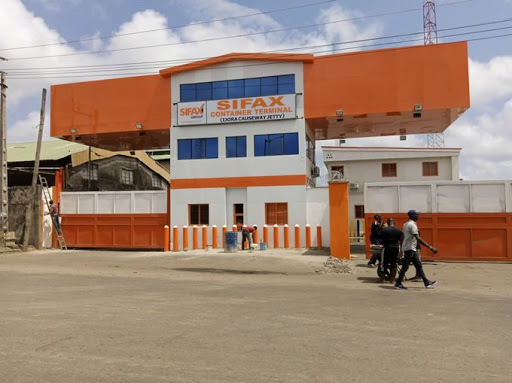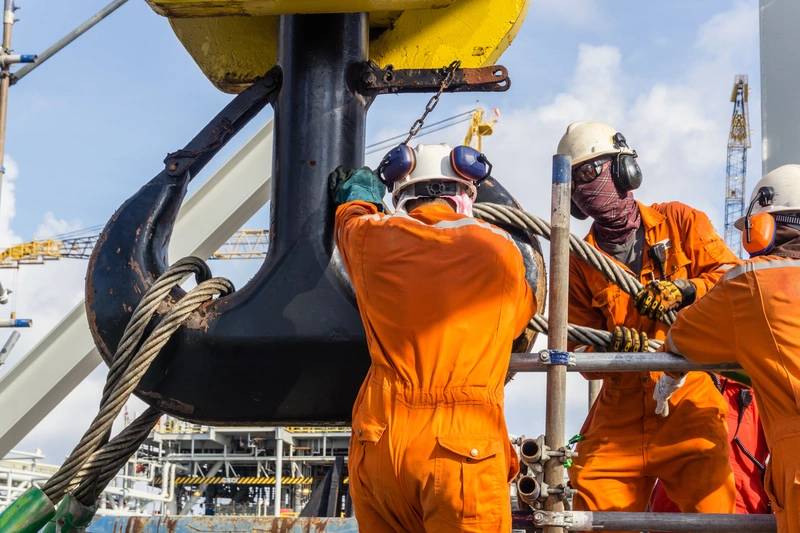SIFAX Shipping Inland Container Terminal (ICT) Limited, a subsidiary of SIFAX Group, has disclosed plans to build a quay wall to allow direct vessel calls and reduce dependence on congested seaports.
The Managing Director, SIFAX ICT, Paul Linden, stated this during the company’s fifth anniversary of transformation, innovation and customer-focused excellence held at the Lagos terminal.
Linden said the terminal has secured approval for direct vessel operations, noting that once complete, the project will redefine how inland terminals operate in Nigeria.
He also added that plans are underway to convert most of the terminal’s equipment to gas-powered for cleaner and greener operations. Reflecting on the journey that began in 2020, when the facility was little more than a swampy expanse with limited infrastructure, Linden recalled how the terminal started as an intervention to decongest Apapa Ports and evolved into a modern logistics hub.
“When we began, the ground was soft, there was no quay, and only a few warehouses stood. But we saw potential. Today, SIFAX ICT is a functional, world-class terminal that reflects years of investment and teamwork,” he said.
Linden highlighted major milestones, including the first barge operation in December 2020, extensive floor reinforcement and the introduction of Rubber Tyred Gantry (RTG) cranes, a rare feature among inland depots in Nigeria. He said the company is presently completing the final phase of its 15,000-square-metre upgrade to bring the entire terminal to full standard.
While reflecting on the progress made at the terminal, Linden said the journey had not been smooth sailing.
“When we started, the site was overgrown and flooded. We began with what we called Lot Four, resurfaced the floors, and created access for barge operations. We started with just one terminal, but today, we run two – terminals A and B. From 46,000 square metres in 2020, we’ve grown to over 82,000 square metres today. The vision of the terminal is also driven by a competent and motivated workforce,” he narrated.
The terminal’s Chief Security Officer, Cashmir Ihedioha, explained how collaboration with agencies like the Nigerian Maritime Administration and Safety Agency (NIMASA), the Nigerian Ports Authority (NPA), and the Lagos State Task Force transformed the once-chaotic environment into a well-regulated facility.
He said the terminal, which is fully compliant with the International Ship and Port Facility Security (ISPS) Code, introduced a structured traffic system and installed 69 Closed-circuit television (CCTV) cameras to ensure round-the-clock surveillance.






